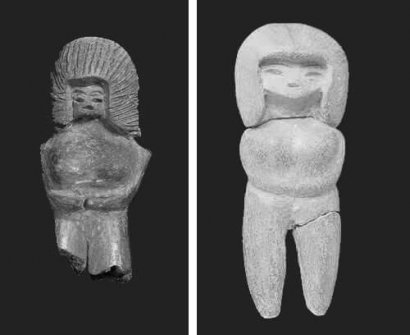 Among the video formats that exist today, the MicroHD is perhaps the least known, but one of the most space-saving with large content.
Among the video formats that exist today, the MicroHD is perhaps the least known, but one of the most space-saving with large content.
A microHD file is a container for video in H.264 format and audio in AAC format.
H.264 is a high compression codec while maintaining high quality, while AAC also provides high quality with high lossy compression. Said loss originates from capturing a bitrate (sample rate) lower than other formats and codecs.
Initially, H.264 (which is part of the MPEG-4 standard) was conceived as a codec for use in low-quality video applications, such as real-time video conferencing (the temporal pixelation of the image is not important), although with time was increasing its bitrate and, consequently, its quality. It also saves space on the math operations you use to save your images.
AAC audio is also part of the MPEG-4 standard, having gained popularity thanks to Apple making it the standard for its iTunes service and iPod music players.
The combination of both allows to create a file that maintains a high quality in the films, but reducing the space they occupy as much as possible, thus facilitating their storage and transmission through data networks such as the Internet.
This format is very faithful to the original quality of a film, and although its file size is smaller, it ends up being larger than an HDRip, although it does not reach the quality of a Blu-ray Disc, or a BluRayRip.
Despite this, the differences to the naked eye are invaluable, and it takes a good eye and a good look at what we are seeing to be able to appreciate differences that are no more than subtle.
The use of MicroHD files is recommended on monitors and televisions that are HD Ready, while for those that are Full HD, it is recommended - to fully enjoy their possibilities - other formats such as a ripped Blu-ray Disc with the highest quality.
Thanks to the reduction in space that it supposes, the MicroHD is a format that has been indicated for use on mobile devices.
Currently, many smartphones and tablets are capable of achieving HD or Full HD definitions (and in some cases, even 4K), with which it is possible to enjoy content that takes full advantage of these high resolutions but without assuming a large consumption of space, always scarce in these devices with 16 or 32 GB at most (although there are some with 64 or 128, they are not so common).
We can recognize a MicroHD file by the extension .mkv, which indicates a container format with the video encoded with H.264 as we have said before, and the audio in AAC.
The use of the MicroHD format has not been without controversy, since thanks to its small size, it has become very popular among those people who exchange videos on the Internet.
However, this controversy is totally unrelated to the technical details of the format, although not to its use by Internet users.
Photo: Fotolia - olya6105









